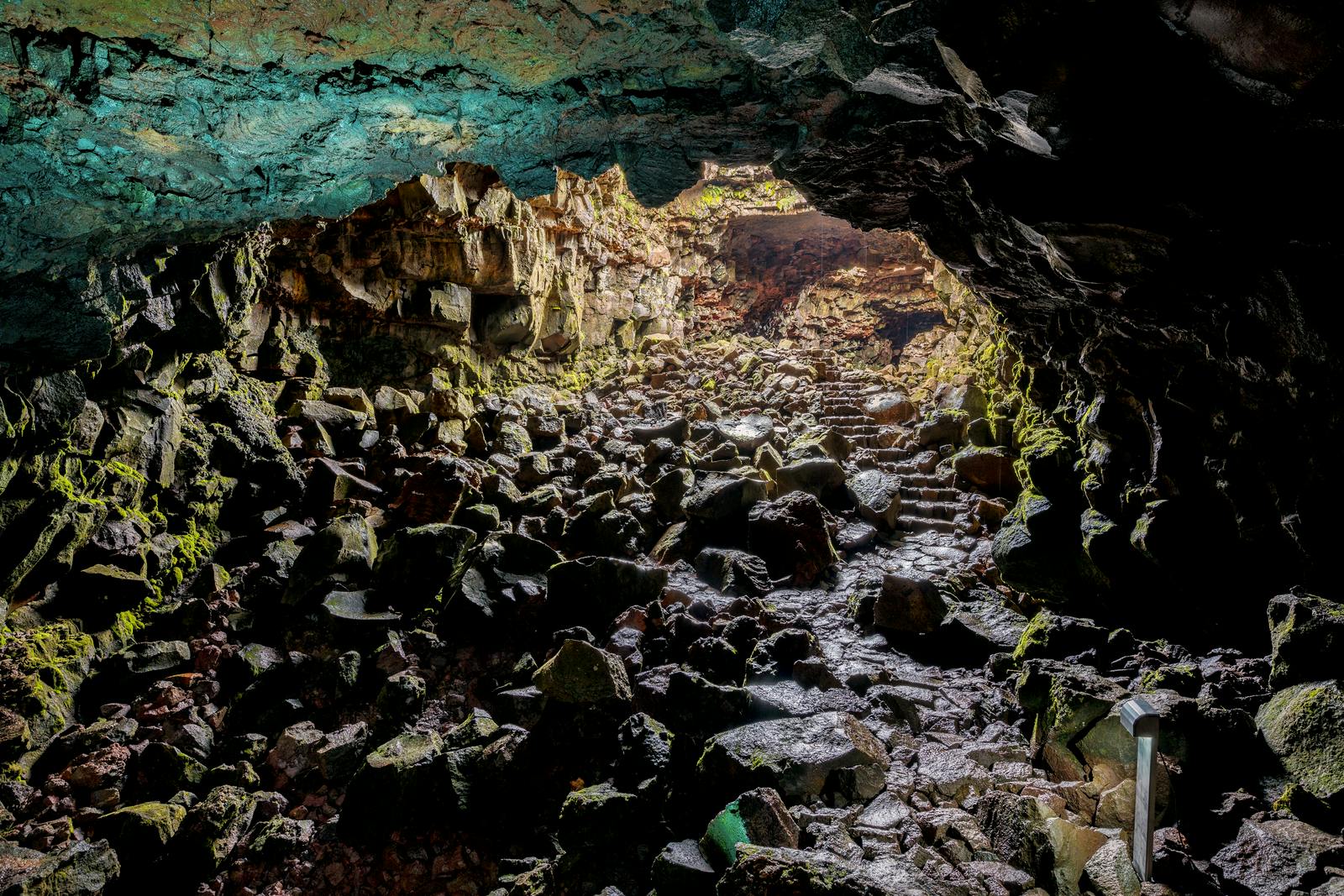
What is a Magma Chamber?
A magma chamber is a large pool of molten rock (magma) located beneath the Earth's surface. These chambers can vary greatly in size, shape, and depth, but they all serve as the primary source of volcanic material during an eruption. The conditions within these chambers are extreme, with temperatures soaring above 700°C and pressures that can crush boulders into dust.
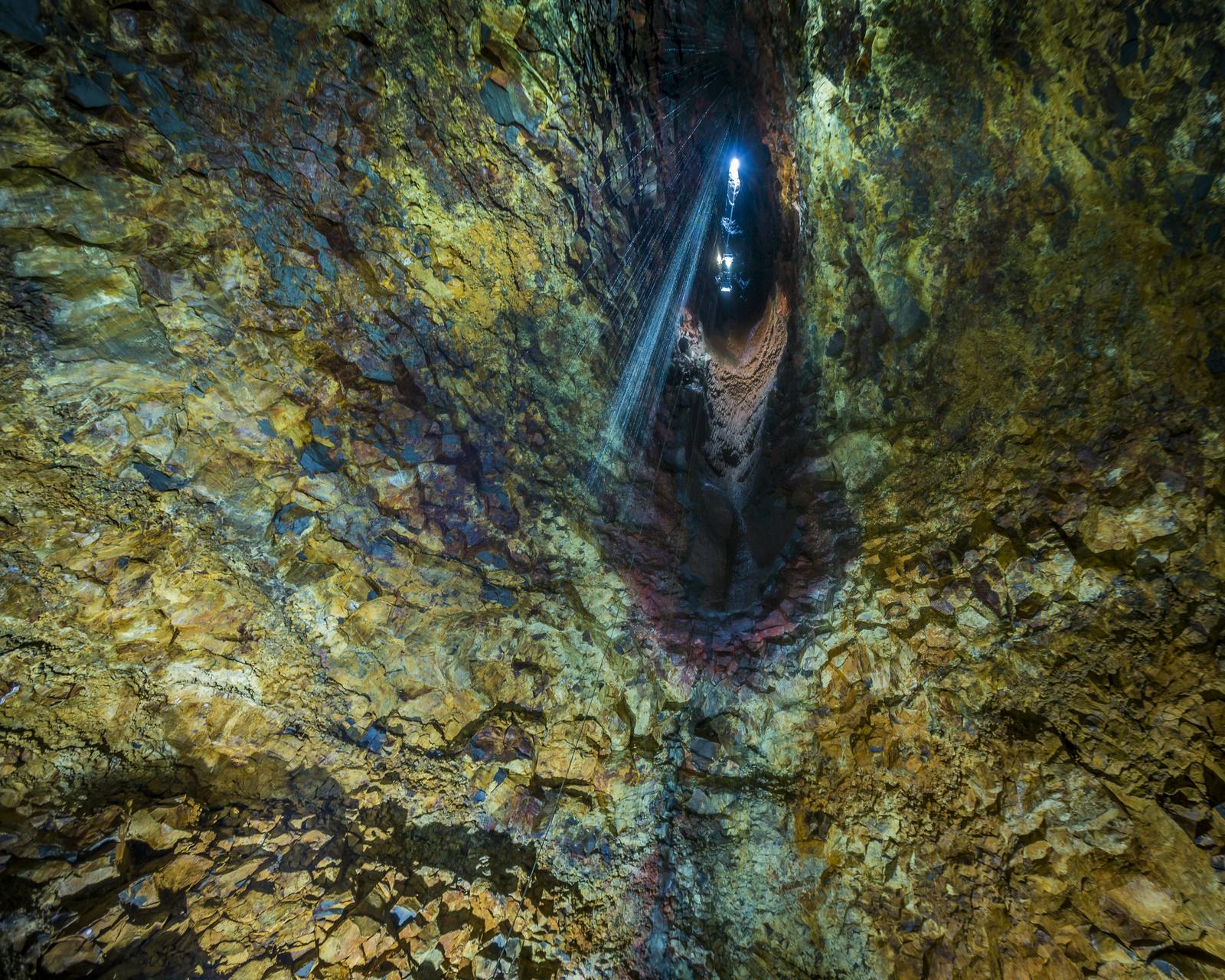
How do Magma Chambers Form?
Magma is primarily formed in the mantle, the thick layer of rock that lies beneath the Earth's crust. This happens in three main ways:
- First, as tectonic plates diverge at mid-ocean ridges or move over hotspots, the pressure decreases, allowing the mantle rock to melt.
- Next, through flux melting, water and other volatile substances lower the melting point of mantle rocks, which is common in subduction zones where one plate dives beneath another.
- Finally, heat-induced melting is the rising temperature that can cause the mantle rock to reach its melting point, particularly near the Earth's core-mantle boundary.
Once formed, magma rises towards the surface due to its lower density compared to the surrounding solid rock. As it ascends, it may encounter areas of the crust where it can pool and cool slowly, forming a magma chamber.
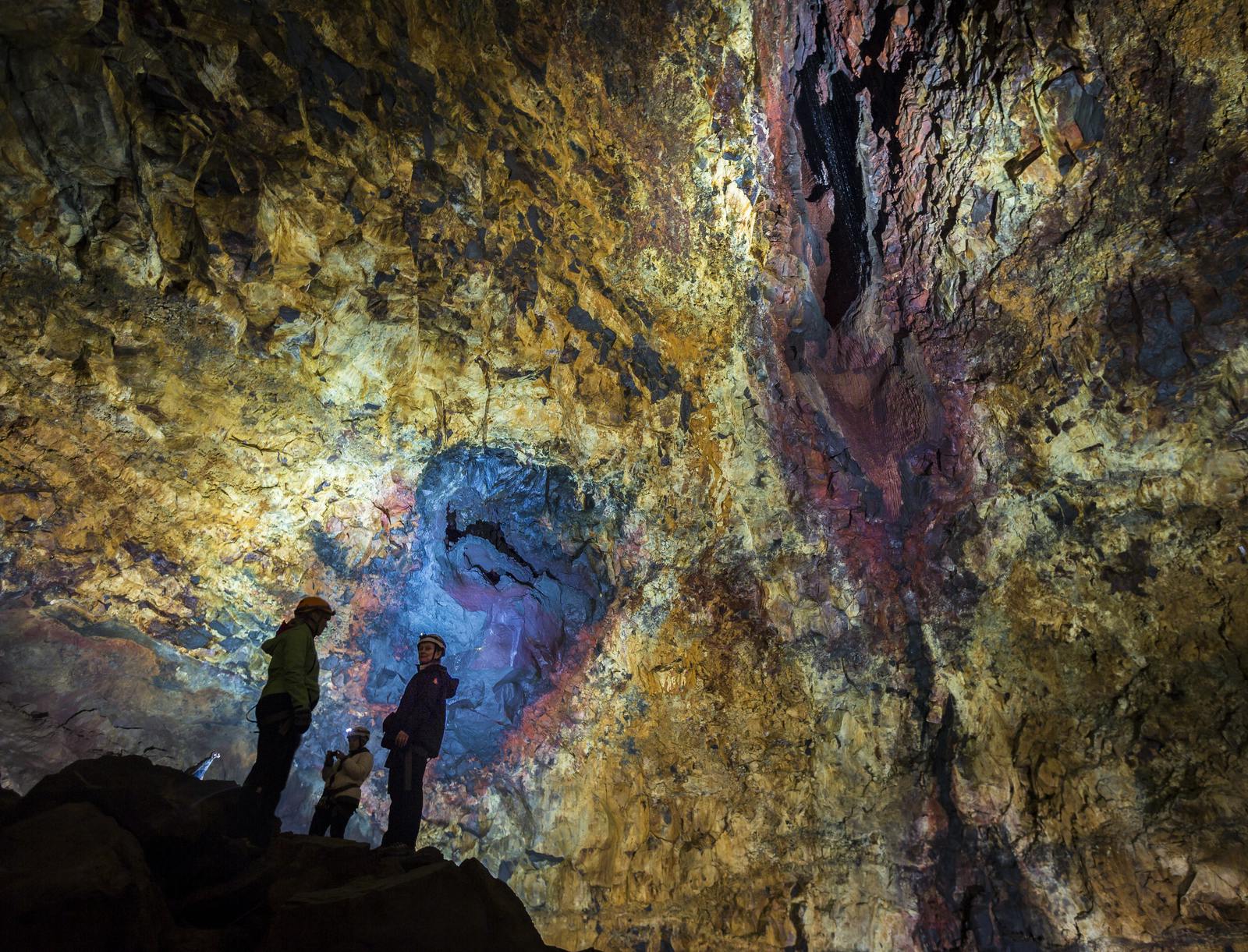
The Role in Volcanic Activity
Magma chambers are essentially the staging grounds for volcanic eruptions. When the pressure within a chamber exceeds the strength of the surrounding rock, it can lead to an eruption. The nature of the eruption – whether explosive or effusive – depends on the composition of the magma, the amount of dissolved gases it contains, and the physical characteristics of the magma chamber and its overlying rock.
Explosive eruptions, characterised by the violent release of gas and magma, occur when the magma is high in silica and has a thick, dense consistency. Effusive eruptions, on the other hand, involve the gentle flow of low-silica, fluid magma onto the Earth's surface. Both types of eruptions play crucial roles in shaping the planet's landscape, forming everything from towering stratovolcanoes to expansive lava plains.
Iceland is one of the most volcanically active regions in the world — if you’re curious which ones are still rumbling, explore the active volcanoes in Iceland.
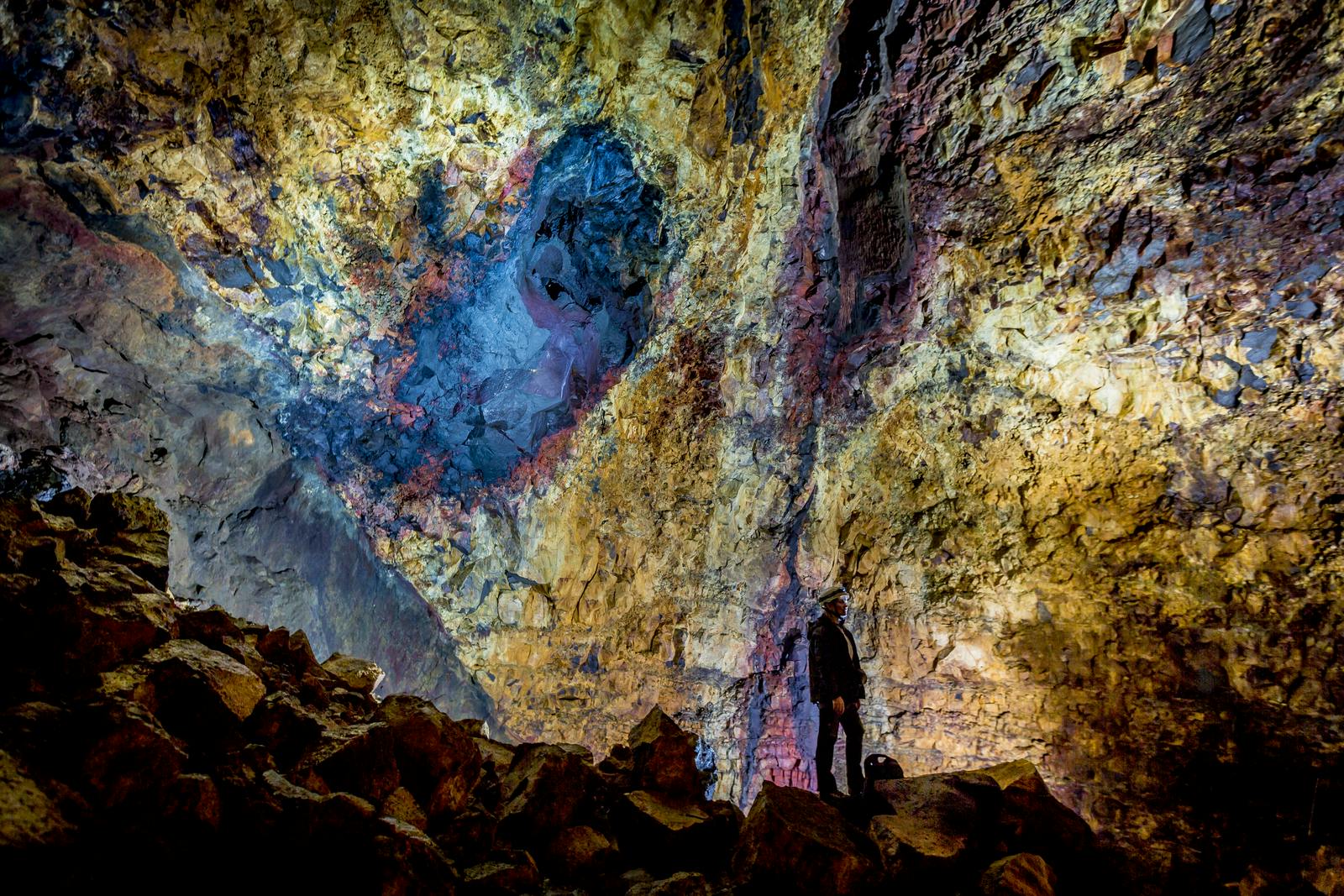
What is the Impact on Earth's Geology?
The influence of magma chambers extends beyond the moment of eruption. Over time, the repeated filling and emptying of these chambers can lead to significant geological features and processes, including:
- Mountain Building: The accumulation of erupted material can form volcanic mountains, while the inflation and deflation of magma chambers can uplift or deform the Earth's surface.
- Plateau Formation: Large-scale effusive eruptions can release vast quantities of lava, creating extensive plateaus.
- Caldera formation: The emptying of a magma chamber in an eruption can result in the formation of a cauldron-like hollow on the surface.
- Geothermal Activity: The heat from magma chambers drives geothermal phenomena such as hot springs, geysers, and hydrothermal vents.
- Mineral Deposits: The cooling and crystallisation of magma can concentrate valuable minerals, forming ore deposits.
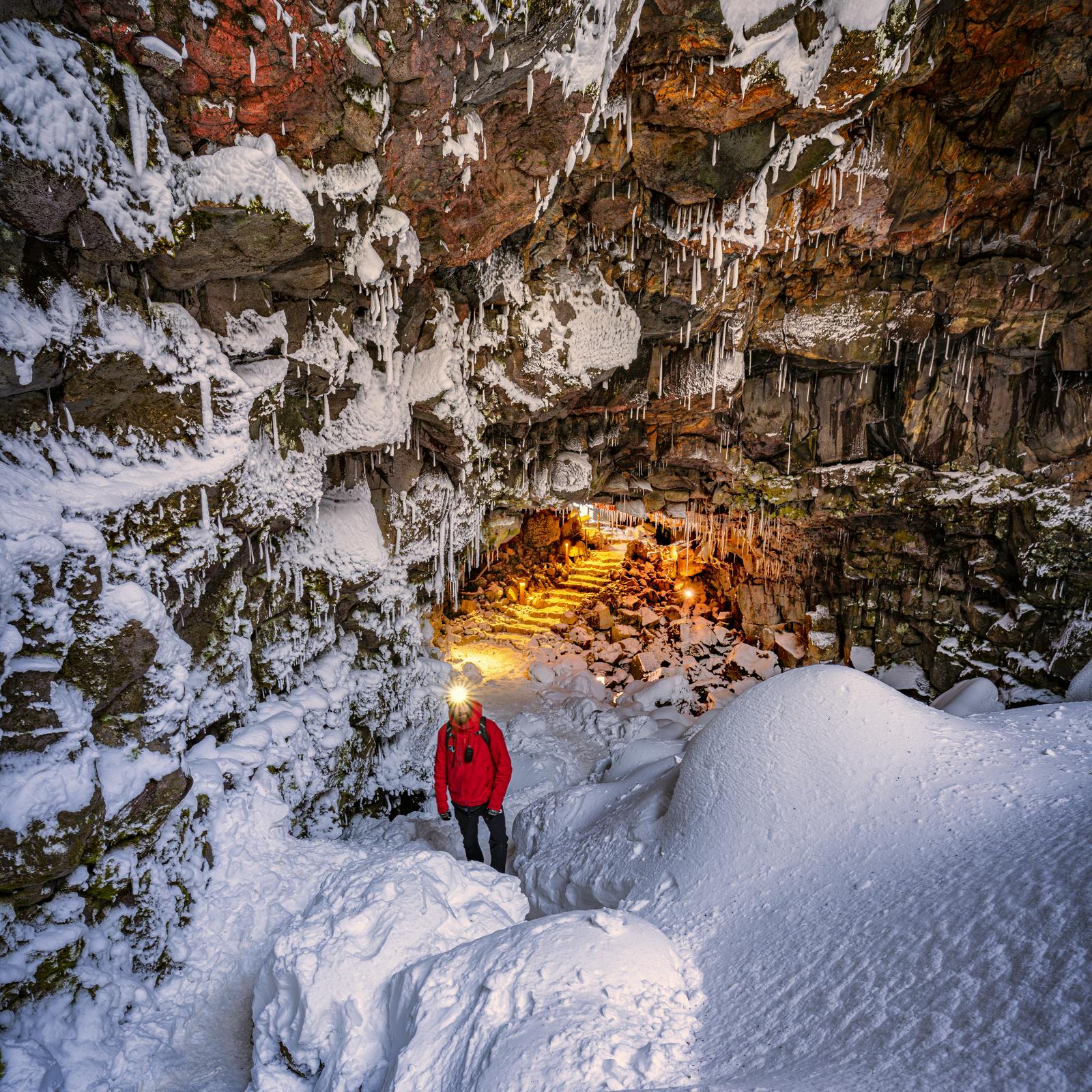
Learn About Volcanoes at Perlan in Reykjavík
Perlan's Forces of Nature exhibition allows guests to feel the immense power of volcanoes, earthquakes, and geothermal energy that powers the island. In the heart of Reykjavík, guests can learn about the volcanoes that form when heat and pressure build up beneath the Earth's surface. The Earth's weak points tend to be along fault lines where plates converge or diverge, like the tectonic plates in Iceland. The exhibition is a unique, family-friendly museum experience that entertains and informs.
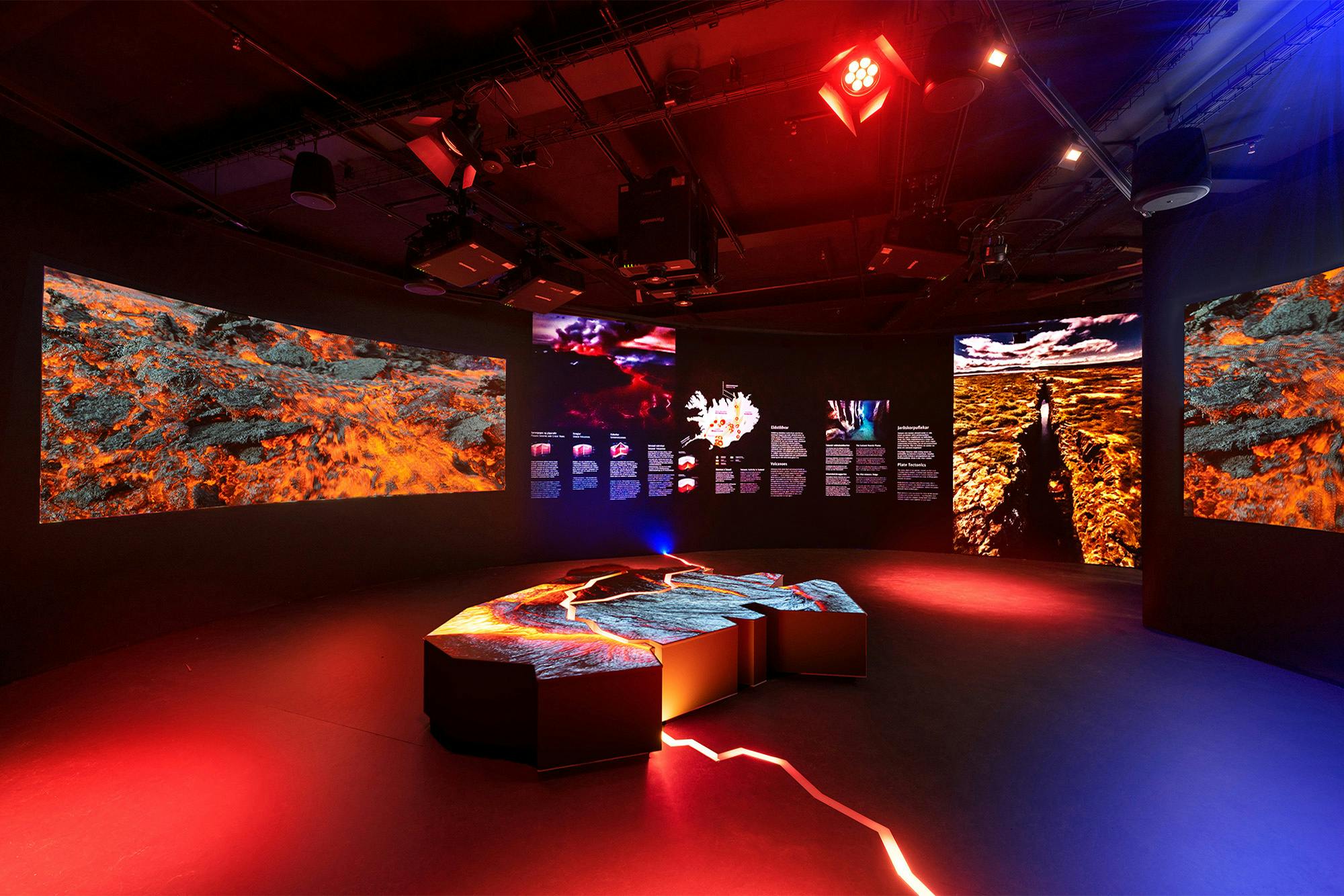
FAQ
Why are magma chambers important?
Magma chambers are more than just natural curiosities; they are the beating heart of the Earth's geological activity. These hidden reservoirs of molten rock play a pivotal role in the planet's volcanic phenomena, sculpting the landscape, and influencing climate. By studying these fiery chambers, we gain insight into the mechanics of eruptions and uncover clues about the formation and evolution of the Earth itself. As we continue to explore the mysteries of magma chambers, we draw closer to unravelling the secrets of our dynamic planet.
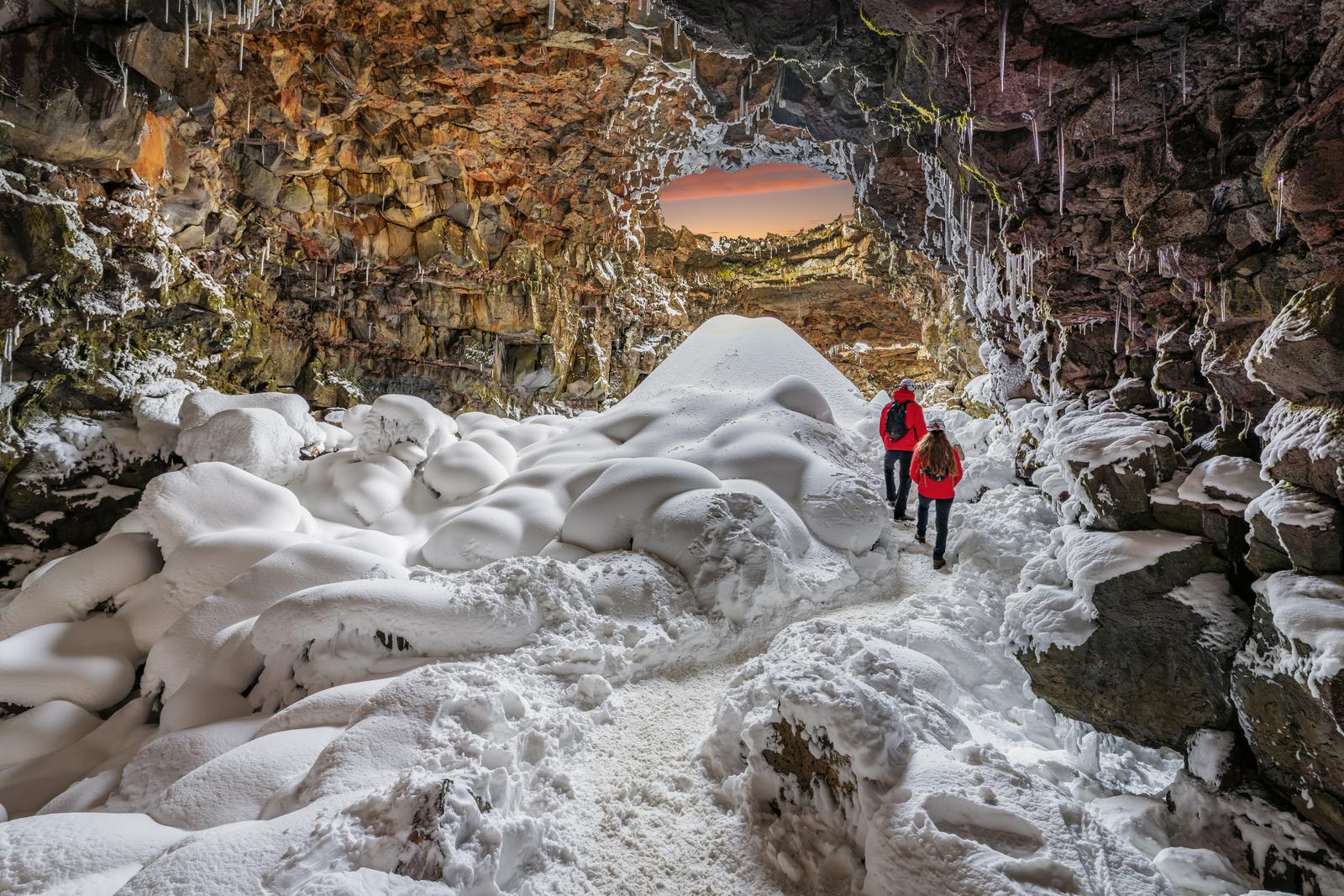
How do you identify a magma chamber?
Magma chambers are identified through geological and geophysical methods, including seismic imaging, which reveals the size, shape, and location of these underground pools of molten rock.
Can you go inside a magma chamber?
It is generally not possible to go inside an active magma chamber due to the extreme temperatures and pressures, but extinct magma chambers, which have cooled and solidified, can sometimes be explored.
What is the difference between magma and lava?
The difference between magma and lava lies in their location. Magma refers to molten rock beneath the Earth's surface, containing dissolved gases and crystals, while lava is magma that has reached the Earth's surface through volcanic eruptions and solidified into hard rock.







